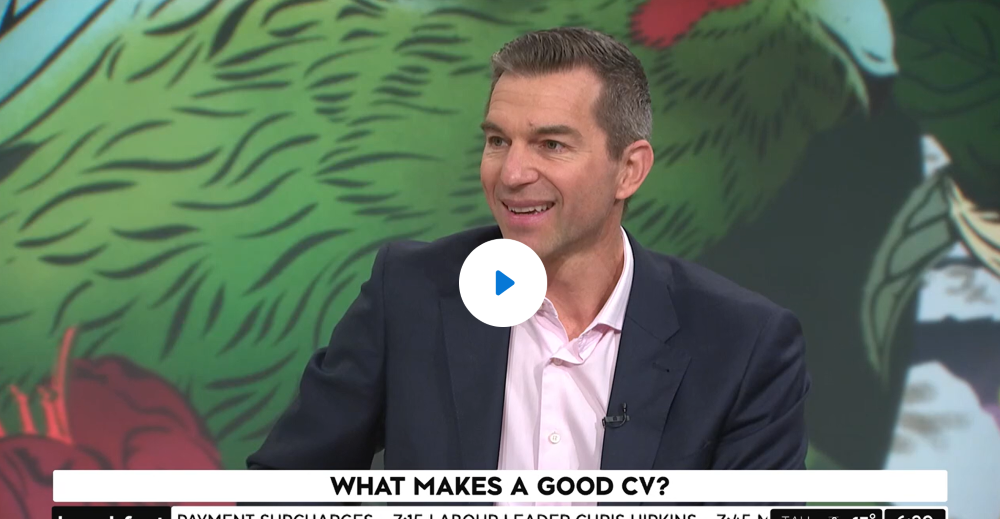March 2, 2021
Are you a Micro-Manager?
by
Tony Pownall
A micro-manager, it’s what most new managers fear being and job seekers tell me they want to avoid. But what is micro-management and how as a leader do we give direction and ensure quality and compliance (especially in these volatile times), without being one of ‘those’ managers?

4 ways to avoid being ‘that boss’ while maintaining high standards
The sense of being micro-managed is created by a perceived lack of trust. More specifically, it occurs when the level of direction or control is not aligned appropriately to that person’s level of capability in a task. Whilst setting expectations and giving feedback should be consistent, the level of direction and monitoring given to an employee should decrease as their level of confidence and competence in each task grows.
When managers fail to recognise this they starve the employee of the autonomy and responsibility they deserve. It can also discourage independent decision making and therefore innovation. Examples can include giving exact instructions to a competent employee on how to complete a task, sending countless emails to check progress, or asking to review their work.
On the flip side, some leaders fail to provide enough direction early on in a staff member’s development, due to perceived lack of time, or a fear of being too controlling.
However, by the time poor habits or behaviours are identified that person has become used to working autonomously and takes exception to any sudden increase in supervision. The manager feels equally awkward because they are not used to giving feedback.
Both scenarios can be demotivating and can ultimately cause people to leave.
So how can we avoid either scenario?
- Clearly communicate what ‘high performance’ looks like as early in the relationship as possible. Do this even if a structural change means you are taking over seasoned staff. That way you can compare their development journey to this end game regularly during 1:1s without surprises or needing to defend your oversight of specific tasks.
- Don’t expect what you don’t inspect. It is very common for managers to think “I’ve explained the task several times and showed them how to do it, they should have got it by now”. However, if you never actually observed them doing it you can’t assume mastery.
- Let out the rope one task at a time. Every job is made up of a multitude of tasks, with some taking more time to master than others. As you observe mastery in each task let them know (positive feedback is powerful) then let them go, while continuing your oversight or direction of other more complex tasks. That way your staff feel growing empowerment yet appreciate their development areas and therefore your continued involvement.
- Be prepared to increase levels of direction in times of change or stress. Even the most seasoned and capable employee needs an injection of direction when their role changes, business or market needs change, or during times of increased anxiety and stress (COVID19) – even for a short period. As we know stress turns off the executive function of our brain, suppressing rational thinking and clouding judgement, even in tasks previously mastered. During these times we have to increase our level of direction to provide them this clarity until BAU returns.




